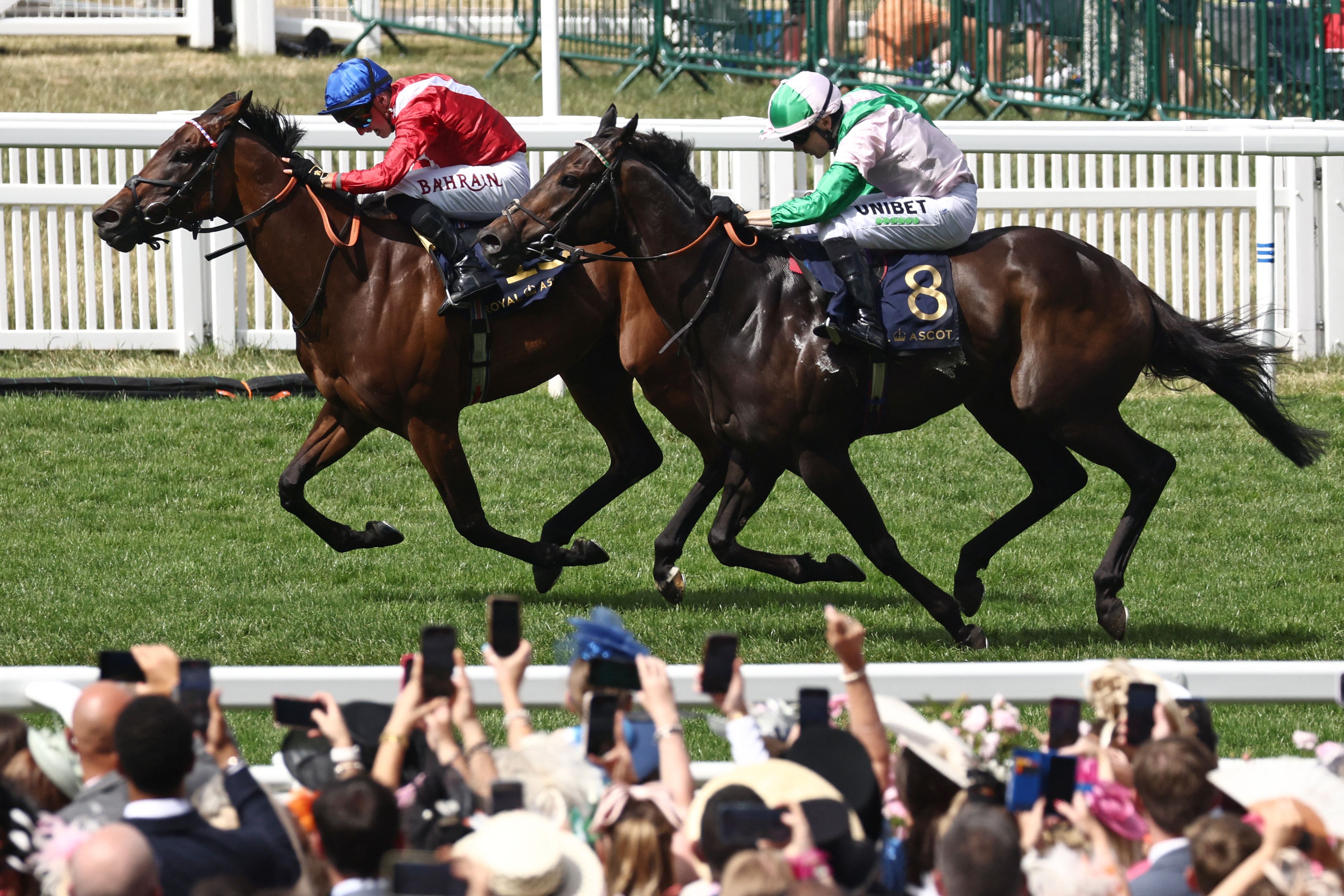Get Ready for the Return of the Flat Season
With the Craven meeting showcasing top-notchers, Templegate has selected a deadly dozen of horses to take on the bookies this summer. Rather than focusing on potential Classic winners, this list highlights horses that can improve throughout the season and bring excitement to punters.
Meet Some of the Standout Picks
Templegate's list includes Middle Earth, a colt with the potential to become an Ascot Gold Cup horse, and Charyn and Shadow Dance, both trained by Roger Varian, who are expected to have a successful season.
Key Horses to Watch
Among Templegate's picks are Almaqam, Charyn, Chorus, Dolce Courage, Eben Zabeel, Gulf Legend, Hampden Park, Indelible, Jayarebe, Kikkuli, Middle Earth, and Shadow Dance. These horses show promise and potential for the upcoming Flat season.
Frequently Asked Questions
Can you describe what the “Going” is in horseracing?
The surface of a track is described as “going” on the morning of a racing event. The ‘Going’ is an important aspect that can impact the performance of the horse and the result of a race. The ‘Going” can vary from heavy, which indicates a wet, very soft track, to firm, which indicates a hard, dry surface. Between these are several different grades, including good to soft (soft), good to firm (firm), and hard. Trainers and jockeys should consider the “Going” when choosing racing equipment and strategy, including the type of horseshoes to use for better grip.
How are horses and their riders kept safe during a racing event?
In UK horse racing, the safety of horses and riders are of paramount importance. There are strict regulations in place that ensure racecourses adhere to high safety standards. Horses undergo health checks before and after races, and jockeys are required to wear safety gear such as helmets and body protectors. Moreover, the sport employs rapid response teams and veterinarians on standby to manage any incidents swiftly and competently.
What is meant by the term “photo finish” in horse racing
In a ‘photofinish’, two or more horses are so close to each other that it’s impossible to tell who won with the naked eyes. In such instances, race officials use a finish-line camera that captures images at high speeds to review the precise moment each horse’s nose reaches the line. The photo finish helps officials determine the official finish order accurately.
What is the function of a racecourse steward?
Stewards have a crucial role to play in ensuring horse racing events are run fairly and according to racing rules. Stewards are responsible for overseeing jockeys and trainers as well as other racing personnel. They also monitor races to ensure that no rules have been broken and hold inquiries about any incidents. Stewards have the power to issue penalties such as fines and suspensions in the case of rule violations.
What are the ‘Classics” in UK horseracing?
In UK horse racing, ‘Classics” refers to five prestigious races considered to be the highest-ranking contests for thoroughbreds aged three years. These are The 2,000 Guineas, The 1,000 Guineas, The Epsom Derby, The Epsom Oaks, and The St. Leger Stakes. Winning one of these Classics is a significant achievement for any racehorse, and attaining victory in all three of the races open to a specific gender (either the colts’ Triple Crown or the fillies’ Triple Crown) is a rare and historic accomplishment.
What is meant by the jockeys silks and why?
The jockey’s sashes are the colorful and pattern garments that are worn during a racing event. Each set of silks is unique and registered with the horse’s owners, making it easy for spectators and officials alike to identify horses during a race. The design of the silks often holds sentimental value or tradition for the owners and can include a variety of colors, patterns, and emblems.
Statistics
- Approximately 6 million people attend horse racing events in the UK each year, making it the second most popular spectator sport in the country.
- British racing oversees around 1,500 fixtures annually across its 59 racecourses.
- The prize money for the Epsom Derby stands at approximately £1.5 million, with the winner taking home a substantial portion of this sum.
- Around 14,000 thoroughbred foals are born each year in the UK with the goal of becoming top racehorses.
- British horse racing generates over £350 million in annual tax revenues for the UK government.
- The annual Cheltenham Festival has an economic impact of over £100 million for the local Gloucestershire economy.
External Links
racingtv.com
thejockeyclub.co.uk
tattersalls.com
britishhorseracing.com
racingpost.com
thejockeyclub.co.uk
How To
How to dress for a UK Horse Racing Event
Dressing for UK horse racing events depends on the racecourse, and which enclosure you’ll be in. The dress code for prestigious events, such as Royal Ascot or Cheltenham Festival is strict, especially when it comes to premium areas, like the Royal Enclosure in Ascot. Formal daywear, including formal suits, are required. Most other enclosures and events accept smart casual attire. Check the dress code guidelines for each event before attending to make sure you comply and have a great experience. Consider the weather, and choose comfortable shoes as race days often involve standing and walking.

